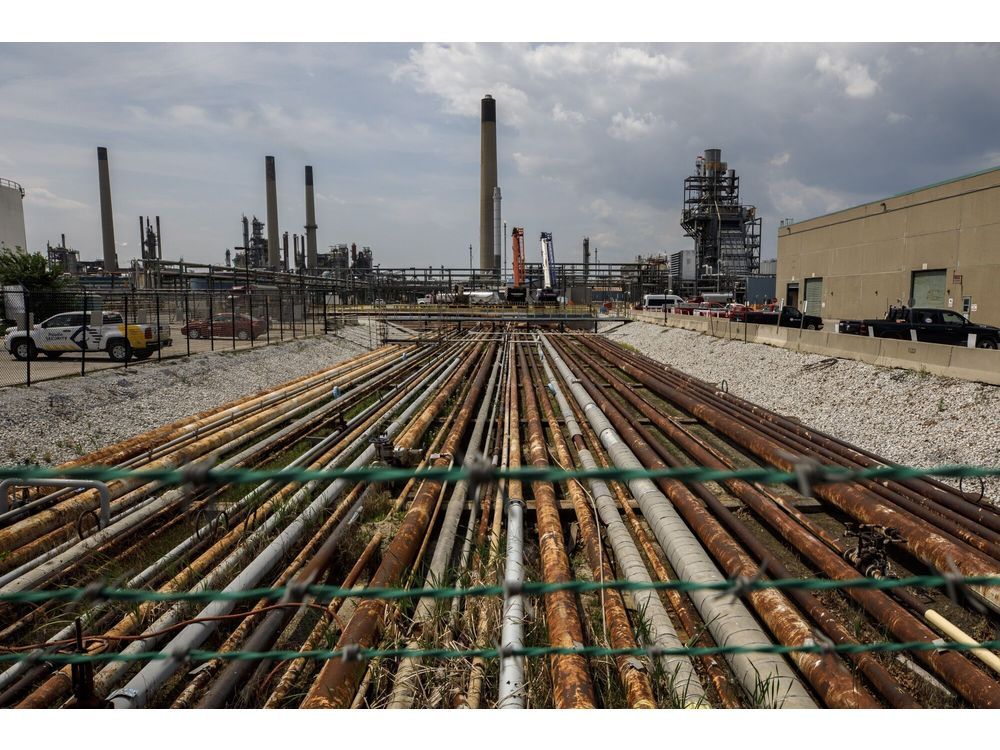Follow us on LinkedIn
What is Macroeconomics?
Macroeconomics is a branch of economics that focuses on the study of the economy as a whole, examining broad economic indicators such as GDP, unemployment rates, inflation, and economic growth. Unlike microeconomics, which analyzes the behavior of individual households, firms, and industries, macroeconomics seeks to understand the aggregate behavior of entire economies and the factors that influence their performance.
Historical Development
The roots of macroeconomics can be traced back to the Great Depression of the 1930s, which prompted economists to rethink their understanding of how economies functioned. Keynesian economics emerged as a dominant paradigm during this period, emphasizing the role of aggregate demand in determining economic activity. Over time, new schools of thought and theoretical frameworks have emerged, each offering insights into different aspects of macroeconomic phenomena.
Key Concepts and Issues
Macroeconomics addresses a wide range of topics and issues, including economic growth, inflation, unemployment, fiscal policy, monetary policy, and international trade. Economic policymakers use macroeconomic theories and models to analyze the current state of the economy, forecast future trends, and formulate policies to achieve specific economic objectives, such as price stability, full employment, and sustainable economic growth.
Schools of Thought in Macroeconomics
Macroeconomics is a diverse field with various schools of thought that offer different perspectives on how economies operate and how they should be managed. Some of the prominent schools of thought in macroeconomics include classical economics, Keynesian economics, monetarism, and the new classical and new Keynesian schools.
Classical economists, such as Adam Smith and David Ricardo, emphasized the importance of free markets and the role of self-regulating mechanisms in achieving economic equilibrium. In contrast, Keynesian economists, inspired by the work of John Maynard Keynes, advocate for active government intervention in the economy, particularly during periods of recession or depression, to stimulate demand and stabilize output and employment.
Macroeconomic indicators
Macroeconomic indicators are key metrics that provide insights into the overall health and performance of an economy. These indicators encompass a wide range of factors, including measures of economic activity, employment, inflation, trade, and financial stability.
Examples of commonly used macroeconomic indicators include Gross Domestic Product (GDP), which measures the total value of goods and services produced within a country’s borders; the unemployment rate, which indicates the percentage of the labor force that is unemployed and actively seeking employment; and the Consumer Price Index (CPI), which measures changes in the prices of a basket of goods and services over time to gauge inflationary pressures.
Other important indicators include the trade balance, which reflects the difference between a country’s exports and imports, and various measures of financial market performance, such as stock market indices and interest rates. Collectively, these indicators provide policymakers, investors, businesses, and the public with valuable information for assessing economic conditions, identifying trends, and making informed decisions.
Conclusion
In summary, macroeconomics plays a crucial role in our understanding of how national economies function and how they can be managed to promote prosperity and well-being. By studying macroeconomic principles, theories, and policies, economists aim to develop strategies for addressing economic challenges and achieving long-term economic stability and growth. As our global economy continues to evolve and face new challenges, the insights provided by macroeconomics remain essential for informing decision-making and shaping economic policy.
Further questions
What's your question? Ask it in the discussion forum
Have an answer to the questions below? Post it here or in the forum

TORONTO, April 29, 2024 (GLOBE NEWSWIRE) — Golconda Gold Ltd. (“Golconda Gold” or the “Company”) (TSX-V: GG; OTCQB: GGGOF) is pleased to announce the release of its financial results for the year ended December 31, 2023. All amounts are in United States dollars unless otherwise…

An indigenous community in Alberta’s oil-sands region submitted a proposal to Imperial Oil Ltd. shareholders that would require the company to disclose the financial effect of the energy transition.


